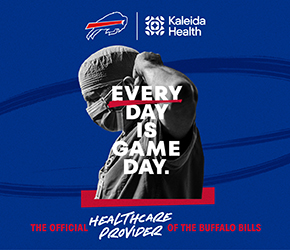Tips to Identify When Someone is Too Impaired to Drive

Roughly 34 people in the United States die in crashes related to drunk driving daily. That equates to one person every 42 minutes, says the National Highway Traffic Safety Administration. Despite progress regarding the prevention of impaired driving, drivers under the influence, whether due to alcohol or other substances, continue to present a serious public health issue, killing hundreds and injuring thousands a year.
Laws are in place to protect drivers, passengers, and pedestrians from impaired drivers. But without a breathalyzer test, how can people tell if someone is too impaired to drive? Learning more about impairment can help prevent injuries and fatalities.
What is BAC? It is the amount of alcohol in a person’s body measured by the weight of alcohol in a specific volume of blood. This measurement is called blood alcohol concentration, or BAC. According to the NHTSA, alcohol can be detected within 30 to 70 minutes after someone has had a drink. Absorption is slowed by food in the stomach and by body weight. In the United States (except Utah, which has a lower limit), the legal BAC limit for drivers is 0.08%. Canadian law also sets the limit at 0.08%.
Field sobriety tests. Various drugs, whether legal or illegal, can impair a person’s ability to drive. The connection between blood drug levels and driving impairment has not been confirmed for drugs other than alcohol, according to the NHTSA. However, law enforcement may use Field Sobriety Tests (FSTs) to assess a driver’s physical and mental skills. These tests include the Horizontal Gaze Nystagmus test, which asks the person to follow a moving object with their eyes while an officer watches for involuntary jerking; the Walk and Turn test, where the person walks nine heel-to-toe steps, turns, and walks back the same way while counting; and the One-Leg Stand test. These evaluations help officers determine whether someone is impaired.
Personal observation: People can assess if someone is too impaired to drive by noticing various signs. Physical signs may include poor balance, stumbling, or bumping into objects. Speech might be slurred, slow, louder, or softer than usual. The person may also complain about blurry or double vision. Cognitive signs can also indicate impairment, such as making risky decisions or struggling to concentrate, focus, or remember things.
Err on the side of caution. It’s always better to be extra cautious and avoid driving if someone has consumed alcohol or used a drug that could impair their ability to operate a vehicle. Medications affect each person differently and are processed in different ways, which is why many medical procedures involving sedation require patients to arrange a ride home. When unsure, someone should use a rideshare or taxi, or have a trusted friend or family member drive them to their destination.
Driving under the influence of alcohol or other substances endangers your life and the lives of others. It’s crucial to recognize when someone might be unfit to drive and take steps to prevent a dangerous situation.











